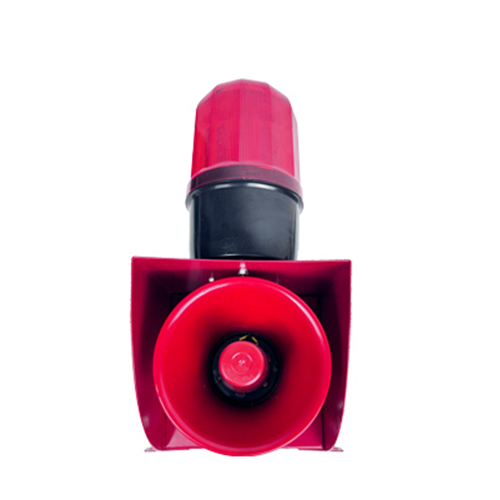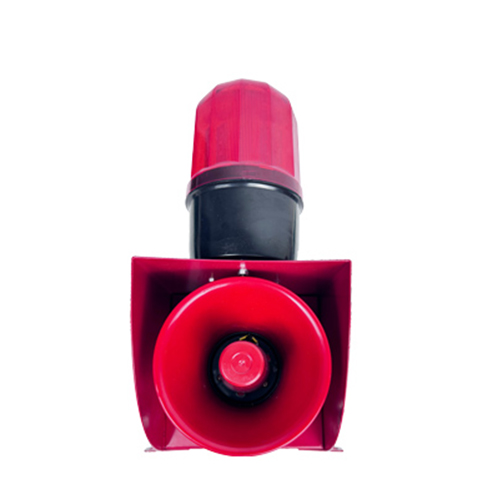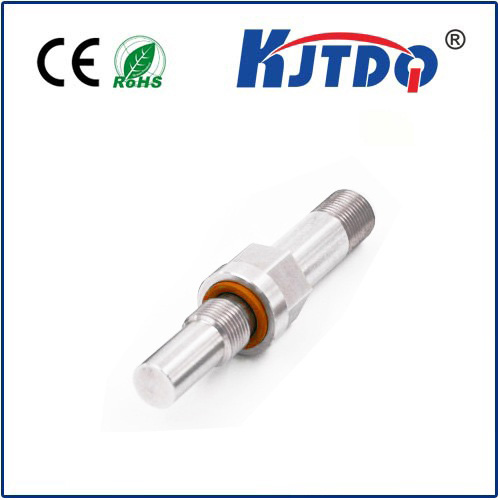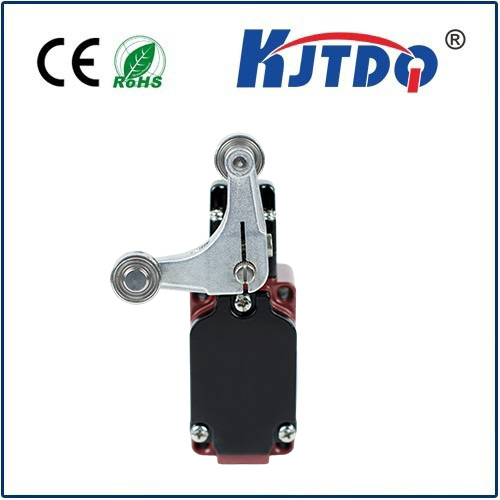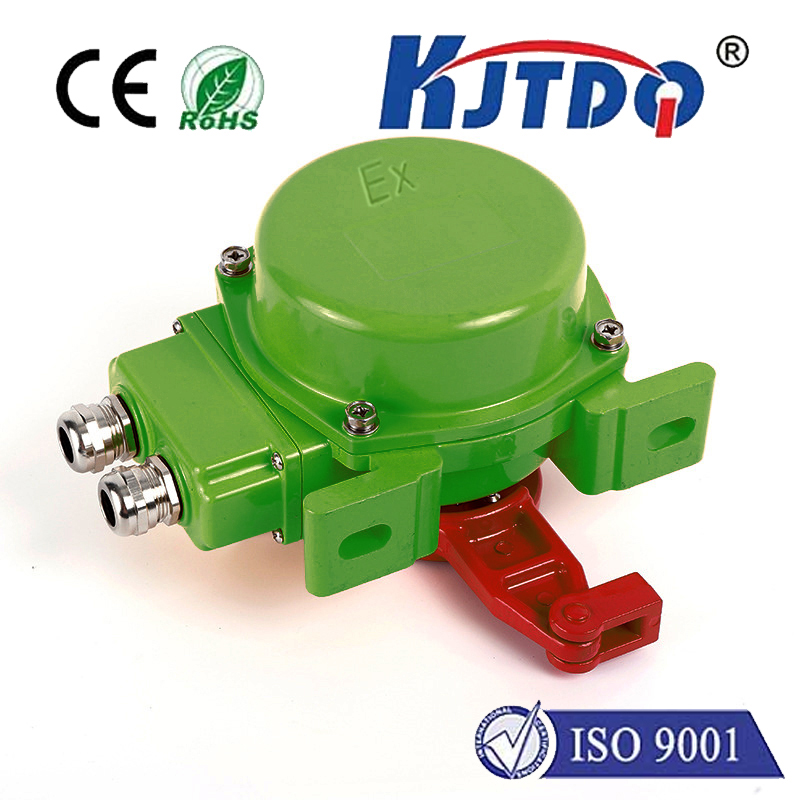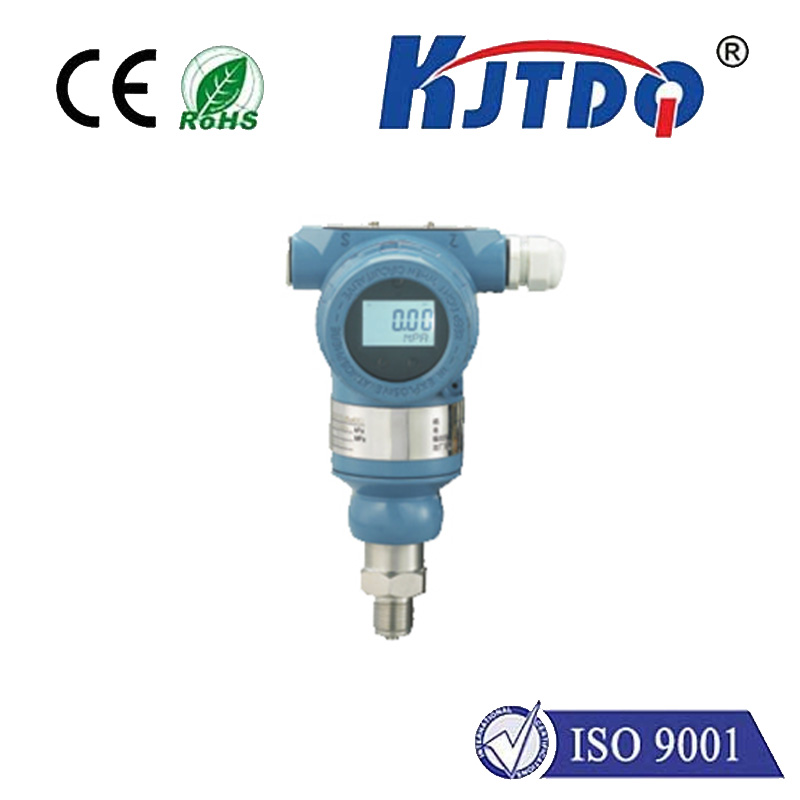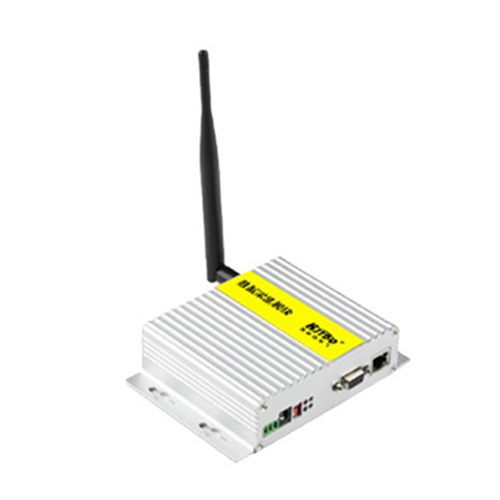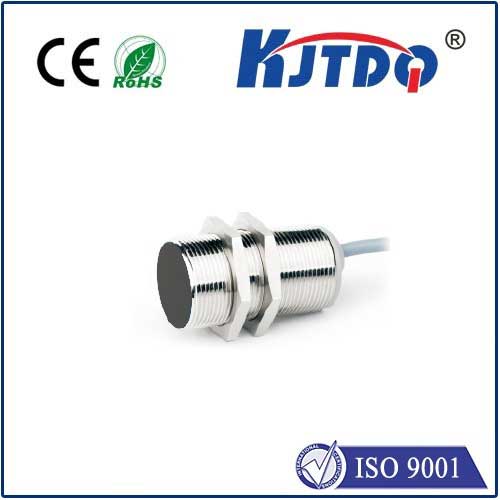датчик ЧПУ npn
- time:2025-07-14 14:57:09
- Нажмите:0
NPN NC Sensors: The Essential Guide to Normally Closed Proximity Detection
Imagine a world where automated systems could fail catastrophically with a single sensor malfunction. Scary, isn’t it? This is precisely the scenario NPN NC sensors are designed to prevent. Found everywhere from factory floors to critical safety systems, these unassuming electronic components operate silently in the background, often going unnoticed until their unique fail-safe characteristics become vital. Understanding how NPN NC sensors function isn’t just technical jargon; it’s fundamental knowledge for anyone involved in designing, maintaining, or troubleshooting reliable automated processes that prioritize safety and predictable behavior.
Decoding the Terminology: NPN and NC
To grasp what an NPN NC sensor is, we need to demystify the acronyms:
- NPN: This refers to the type of transistor output used within the sensor’s switching circuit. An NPN transistor is a semiconductor device that essentially acts as an electronic switch. In the context of sensors:
- When the sensor is inactive (not detecting its target), the NPN transistor is turned OFF.
- When the sensor detects its target, the NPN transistor turns ON.
- Crucially, an NPN sensor’s output acts as a switch connecting the load (like a PLC input) to the negative voltage supply (0V or GND). Think of it as sinking current from the load to ground. This is why NPN sensors are often called sinking outputs.
- NC (Normally Closed): This describes the sensor’s default electrical state when powered on but not actively sensing its target. “Normally Closed” means:
- When the sensor is idle (target absent within its sensing range), its output circuit is CLOSED. Current can flow from the positive supply, through the load, and into the sensor’s output (sinking to ground).
- When the sensor detects its target, its output circuit OPENS, stopping current flow.
- This is the opposite behavior of an NO (Normally Open) sensor, which opens when idle and closes when activated.
Therefore, an NPN NC sensor combines these two characteristics: it uses an NPN transistor output configuration and presents a closed circuit (allowing current flow) when not detecting a target. When a target is detected, the internal NPN transistor turns on, effectively opening the output circuit and stopping current flow. This behavior is critical for fail-safe applications.
Why Choose NPN NC? The Compelling Advantages
The specific combination of NPN output and Normally Closed operation offers distinct benefits:
Inherent Fail-Safe Operation: This is the paramount advantage. If the sensor malfunctions internally (or loses power), its output defaults to the “Closed” state. In safety-critical applications, like detecting if a safety guard is properly closed or monitoring for an object’s presence that should never breach a boundary (like a robotic arm’s range), a failure must trigger a safe shutdown. An NC sensor achieves this because its failure mimics the “target detected” state (output opens), signaling the system to stop. An NO sensor failing might falsely indicate “no problem” when there actually is one.
Compatibility: NPN outputs are widely compatible, especially with many programmable logic controllers (PLCs). PLCs often have sourcing input cards (providing +V to the input point) that pair naturally with NPN sensors (sinking the current to ground). While PNP sensors also exist, NPN remains extremely common globally.
Noise Immunity: Switching configurations can sometimes influence noise susceptibility. NPN sinking outputs, particularly in certain cable routing scenarios, can exhibit slightly better noise immunity compared to PNP sourcing outputs in some industrial environments. This isn’t universal, but it’s a noted characteristic.
Predictable Off-State: For diagnostics or specific circuit designs requiring a known signal level when inactive, the NC configuration provides a clear “on” (current flowing) state when idle.
Where NPN NC Sensors Shine: Key Applications
The fail-safe nature of NPN NC sensors makes them ideal for numerous scenarios:
- Machine Safety Interlocks: Detecting if safety guards are closed before machinery can start. A guard opening breaks the circuit, stopping the machine. Critically, a sensor failure (e.g., broken wire) also breaks the circuit, ensuring safety. Using NO here would be dangerous.
- Presence Verification: Confirming an object is absent from a hazardous area before a process begins (e.g., ensuring a press has no hand inside).
- Over-Travel Limit Stops: Preventing actuators or mechanisms from moving beyond their safe mechanical limits. The sensor triggers when the limit is approached, stopping movement. Failure defaults to safe “stop” state.
- Conveyor Jam Detection: A sensor monitoring a clear path. If an object jams, blocking the sensor, the circuit opens, signaling the jam. Sensor failure also signals a problem.
- Critical Level Monitoring: Ensuring a tank level hasn’t fallen below a minimum safe threshold. The sensor detects present liquid (NC closed). Loss of liquid or sensor failure opens the circuit, triggering an alarm or shutdown.
- Elevator Door Safety: Detecting an obstruction in the door path. The sensor expects a clear path (NC closed). Obstruction or sensor failure opens the circuit, preventing door closure or stopping the elevator.
Choosing and Using NPN NC Sensors Effectively
When selecting an NPN NC sensor, consider:
- Sensing Technology: Proximity sensors (inductive, capacitive, photoelectric, ultrasonic) all come in NPN NC variants. Choose based on target material, range, and environment (e.g., inductive for metal, photoelectric for non-metallic objects).
- Sensing Range: Ensure the specified range meets your application needs.
- Output Current Rating: Verify the sensor can handle the current demanded by the load (e.g., PLC input).
- Environmental Factors: Consider IP rating (dust/water ingress protection), temperature range, resistance to chemicals or vibration.
- Wiring: Always consult the sensor’s datasheet. Typically for an NPN NC sensor:
- Brown Wire: Connect to +V DC (e.g., 10-30V DC).
- Blue Wire: Connect to 0V DC (Ground).
- Black Wire: The output wire. Connect this to the PLC input or load terminal. Because it’s NPN and NC, the PLC input circuit must provide +V through its internal resistance; the sensor will sink this current to ground when not detecting the target (closed circuit). When target detected, it stops sinking current, causing the PLC input voltage to rise.
Understanding the Switching Logic
The behavior often causes some confusion. Remember:
- NPN NC Sensor Idle (No Target): Output circuit CLOSED. Sensor sinks current. PLC input sees LOW voltage (powered internally through PLC circuit, current flowing into sensor output to GND).
- NPN NC Sensor Active (Target Detected): Output circuit OPEN. Sensor stops sinking current. PLC input sees HIGH voltage (no current flow through its internal circuit).
*The key takeaway is the fail-safe nature: any break in the circuit (sensor fault, wire cut, power loss) opens the output, mimicking the “target detected” or “fault” state.*
Выводы
From ensuring the smooth flow of automated production lines to acting as vital guardians in life-critical safety systems, NPN NC sensors perform a duty that is often invisible but absolutely indispensable. Their fundamental characteristic – **providing a closed circuit when powered
